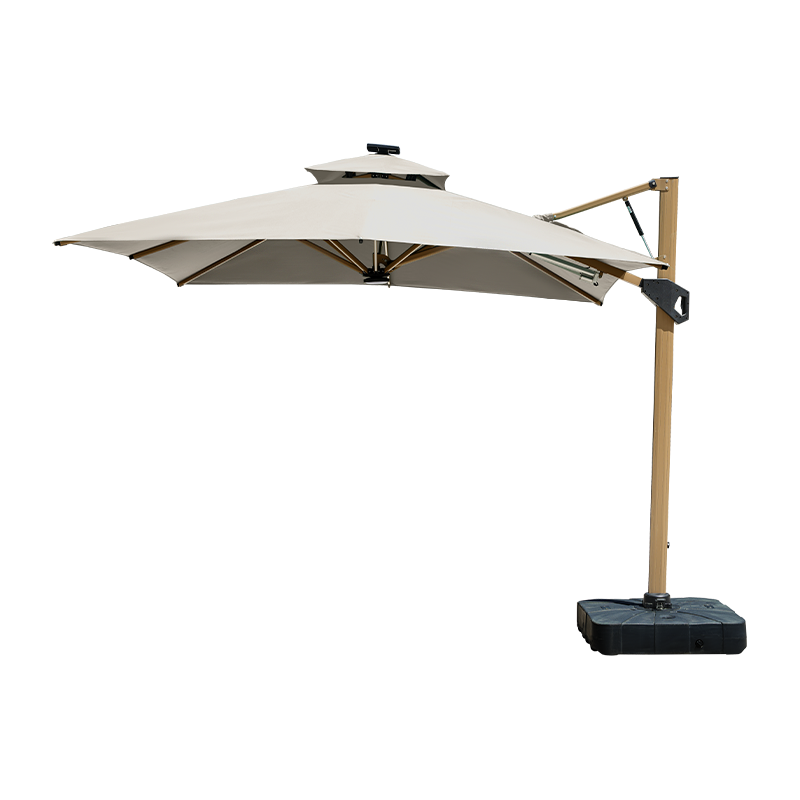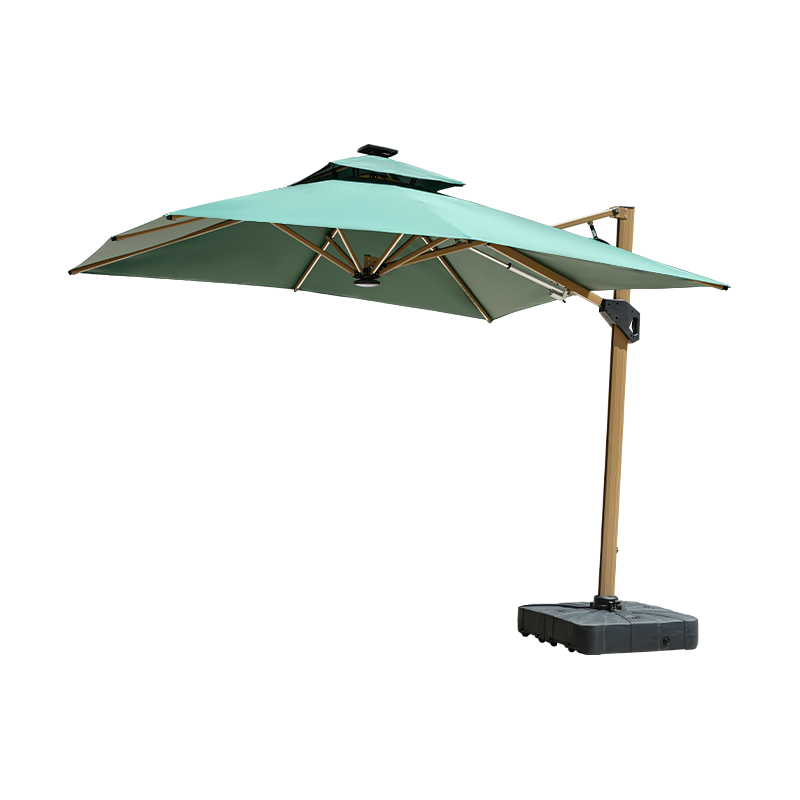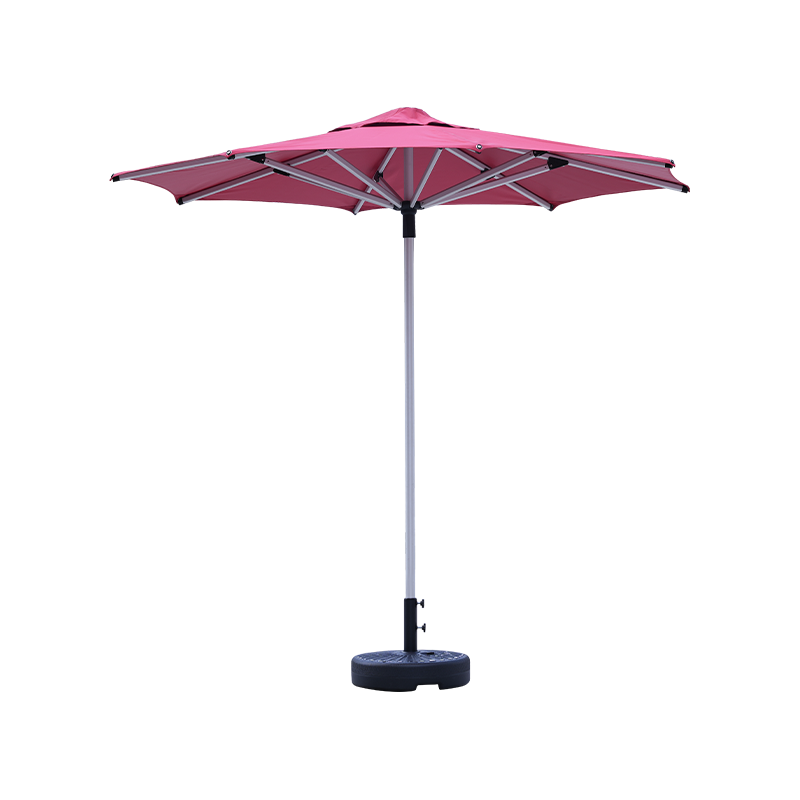Hydraulic Roman Umbrella: DIY or Pro Installation?
When summer heat or Mediterranean rain arrives, the Hydraulic Roman Umbrella suddenly feels like the smartest patio purchase you ever made—until the 35 kg box lands on your doorstep and the instruction sheet looks like origami. Is it wiser to spend Saturday wrestling with posts and hydraulic hoses, or to book a certified technician and sip coffee while someone else drills holes? Below is a 500-word field guide that weighs the real costs, risks, and rewards of each path.
Time & Tools: The Opening Gambit
A typical homeowner with a cordless drill, 10 mm masonry bit, socket set, and stud finder can finish the job in 2.5–4 hours, provided the concrete footing is already cured. The umbrella arrives in four modules: mast, hydraulic arm, canopy, and base plate. the common bottleneck is aligning the mast vertically while simultaneously tightening four M12 bolts—awkward solo, trivial with a second pair of hands. Professionals, armed with laser levels and impact wrenches, usually wrap the physical assembly in 45 minutes and the full install in 90.
Skill Checkpoints Where DIY Fails
Rooftop or balcony decks: If your surface is composite decking over membrane roofing, a single mis-drilled pilot can void your building’s warranty. Pros carry EPDM gaskets and know the joist spacing to hit structural wood.
Wind-load engineering: Municipal codes in coastal Spain or Florida often demand 120 km/h certification. A technician will calculate lever arm forces and add supplementary guy wires—something the illustrated manual never mentions.

Hydraulic priming: The 8 mm quick couplers look foolproof, but entrapped air can lock the arm at half-mast. Experienced installers cycle the pump five times and bleed the circuit, preventing warranty calls later.
Cost-Benefit Snapshot
In the U.S., a pro install averages $180–$250; in Western Europe, €200–€300. Against the umbrella’s $1,100 purchase price, that is roughly 18 % extra. However, factor in a second weekend lost to troubleshooting leaks or re-drilling holes, and the “savings” evaporate. Conversely, if you already own a hammer drill and torque wrench, and the patio is ground-level concrete, DIY keeps an extra $200 in your pocket.
Hybrid Strategy: The 80 % Rule
Mount the base plate and mast yourself—saving $100 in labor—then call a pro for the hydraulic hookup and final inspection. many brands sell a “tech-only” service call for $75, letting you retain bragging rights without courting disaster.
Bottom line: if your installation surface is straightforward concrete, you have a helper, and you enjoy mechanical puzzles, go DIY. If wind codes, rooftop membranes, or insurance clauses appear anywhere in the equation, book the professional. The Hydraulic Roman Umbrella is engineered to shade decades of afternoons; don’t let a rushed Saturday morning cast a shadow over the next ten years.


 Español
Español عربى
عربى







